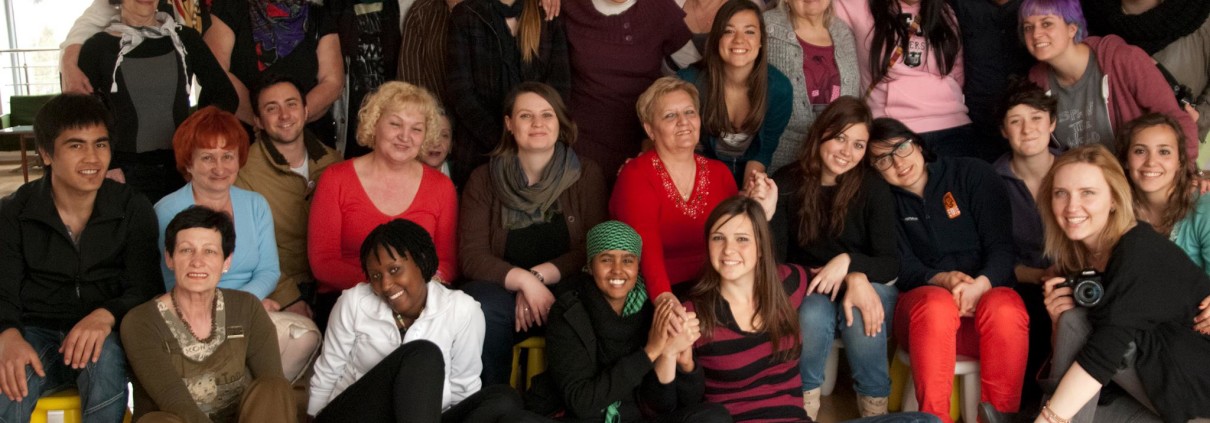How to use Body Language in Nasutow
Speaking English (which is considered to be the universal language) does not necessary mean you will be understood by everyone you meet and speak to. So what do you do if you find yourself in a foreign country with 23 people from 5 different countries, with English not being their first language? In the middle of nowhere, in a countryside, in Poland this was my predicament.
Recently I had been invited to Poland to participate on breaking the generation gap training, because last year in the summer my team (You Press) and I had won 1st place for the International Citizen Media Award held in Germany for the Internet category! The award highlighted the commitment of the international, European or national producers in reporting on local, regional and global socially relevant themes. As part of the award I was invited to this training to learn and develop new skills focused on breaking the generation gap between young people and seniors in our respective countries (through the use of social media training). This is where I met 23 participants from 5 different countries, which included United Kingdom, Finland, Poland, Spain, and Czech of Republic.
According to a research conducted by the University of Pennsylvania, 93 percent of communication is determined by body language and 7 percent of communication is determined by verbal communication. This is really interesting, especially since I come from London, where I mostly speak English apart from my native language of Somali and Swahili.
At the beginning of the training I found it a bit of a challenge trying to speak and understand 5 different languages for the first time. I think this was partially due to the fact that I live in one of the most multicultural cities in Europe, where everyone speaks English. But here I was, for the first time in a middle of nowhere, in a countryside called Nasutow in Poland which in many ways resembled a location for a horror movie.
I soon found out if all fails, especially Google translator, language barriers can be broken with body language. Interesting enough the 5 essential steps that I’ve learned thus far, which I believe would be really helpful if you ever find yourself in a similar situation are;
1) Be willing to communicate and show interest. This puts the person at ease to communicate with you and makes them feel that there is nothing to be afraid of because you are trying your best to understand and communicate with them. Also remember to be friendly, nice and kind to the other person as they may already be self-conscious and uncomfortable by the fact there is a difficulty in their understanding.
2) Be patient and speak slowly. This allows the person to know and understand that you are interested in the conversation. By speaking slowly it helps the person to process the information in their head before they can understand what you have said.
3) Be adventurous and creative to use body language. By this I mean be willing to back-up words with body gestures, as it will help to express what you wish to say.
4) If communication gets harder because of the language barrier, use an interpreter or a translator who can explain and relay the message between you and the other person.
5) Don’t give up and keep trying. In some cases it may take a little bit longer to understand the other person and it may also take a bit more effort to get your message understood by the other person. But if you don’t give up and you keep trying, until you understand one another, it will be worth the effort. One thing I found that helps the situation is to have a sense of humour, as it lightens up the ordeal and makes the whole experience enjoyable and fun.
It’s Wednesday, the third day of the training, as I write this article and these are some of the useful steps that I have learned thus far! As the training ends on Sunday I am intrigued to find out what else could be learned from this experience, especially in relation to the intergenerational aspect of the training with the Polish seniors.





